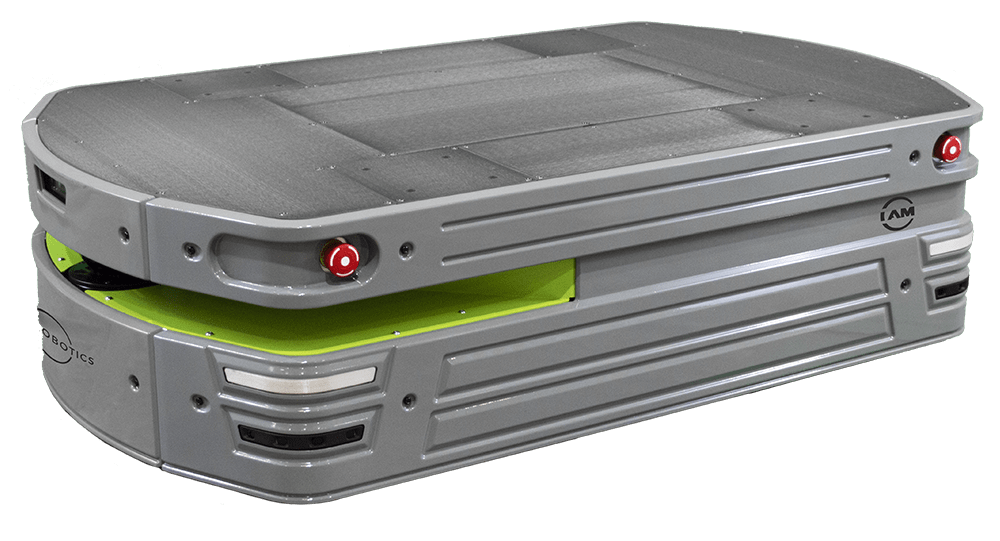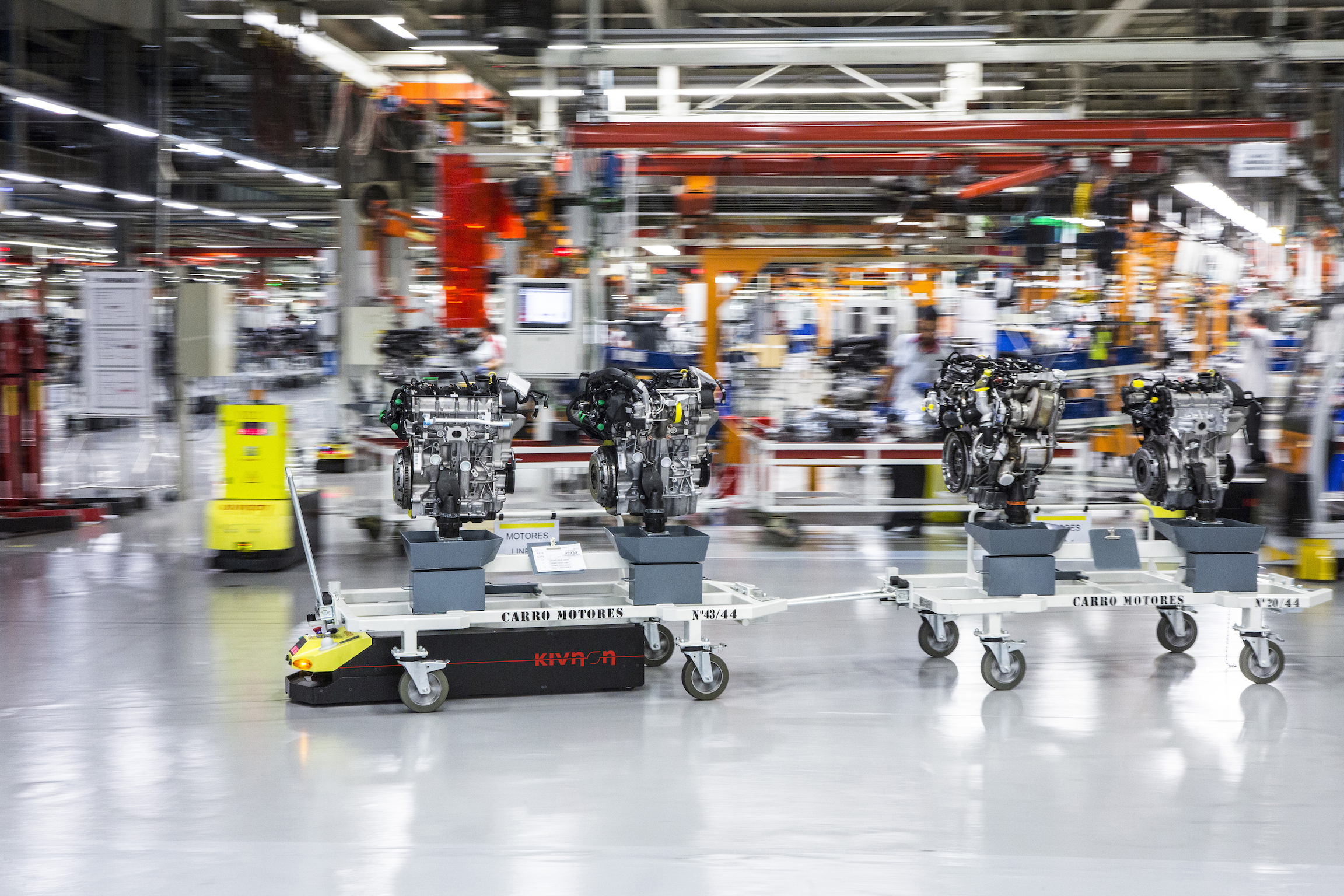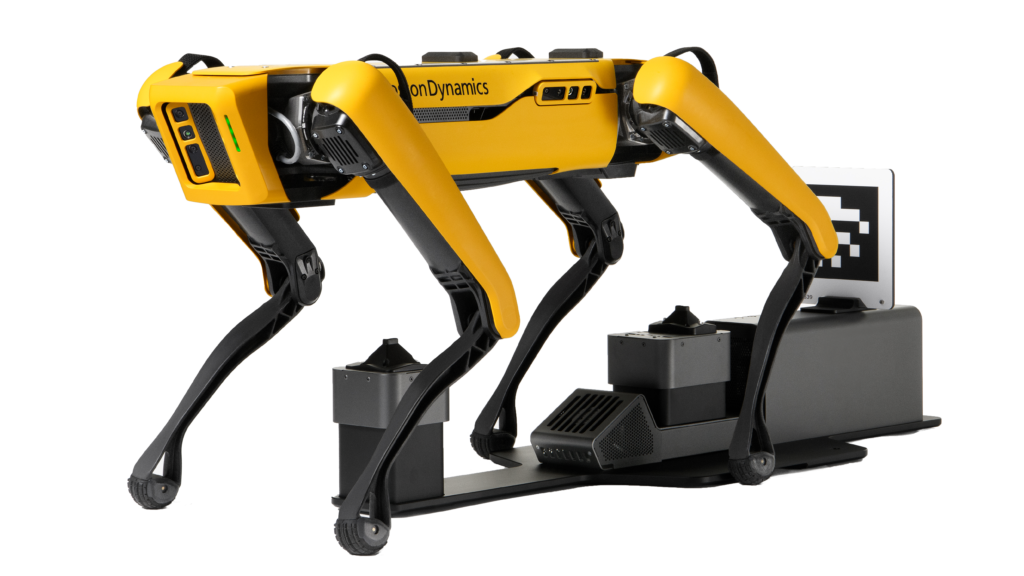Autonomes Fahren ist schon lange keine Zukunftstechnologie mehr. Doch nicht nur im PKW auf der Straße soll alsbald auf den Fahrer verzichtet werden. So hat auch MYBOTSHOP, der deutsche Vertriebspartner für Robotik, Sensorik und Automatisierungstechnologie, ein neues Gefährt im Programm. Mit dem weiterentwickelten MBS ROVO 2 führt das Unternehmen aus Nordrhein-Westfalen ein Kettenfahrzeug auf dem Robotermarkt ein, das den meisten Umwelteinflüssen standhält und die Kosteneffizienz in Unternehmen steigern soll.
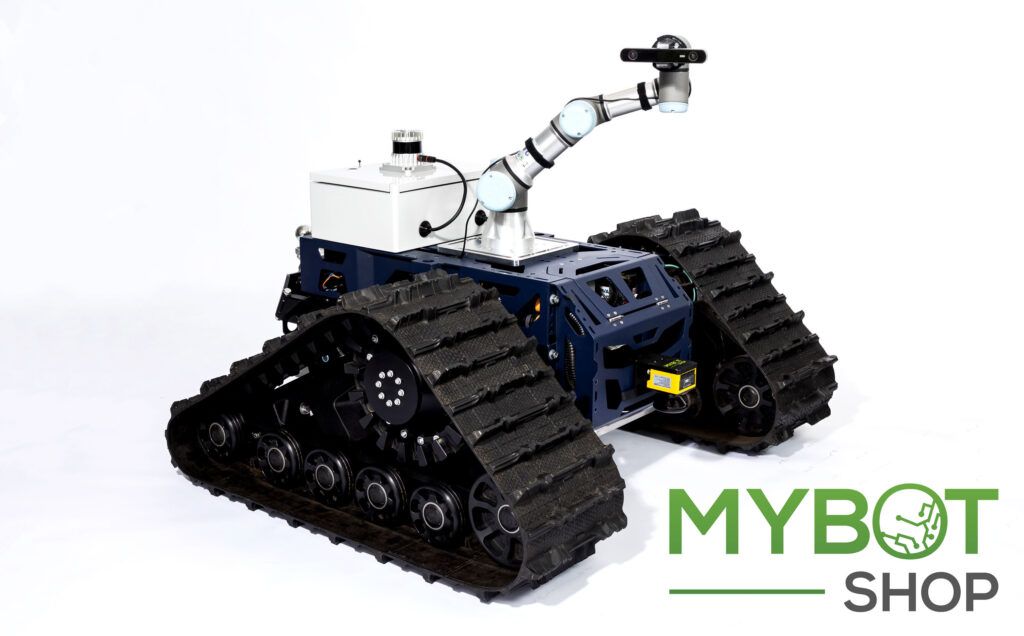
Neben der Basis-Version im bald erhältlichen MYBOTSHOP-grün, gibt es das Kettenfahrzeug auch als voll konfigurierbare und auf Kundenwünsche zugeschnittene Premium-Version. Dabei profitiert der Endkunde von der jahrelangen Erfahrung und Spezialisierung im Bereich der Anwendungsentwicklung und Forschung, die hausintern bei MYBOTSHOP umgesetzt wird. Das bedeutet, dass Zusatzelemente komplett konfigurierbar und bei MYBOTSHOP auf Anfrage erhältlich sind. Somit bekommt der Endkunde dann ein komplett mit Software aufgespieltes und in Haus getestetes Produkt ausgeliefert. Und auch während der Nutzung steht MYBOTSHOP mit seinem Support und zur Wartung beratend zur Seite. Für die ROS-basierte Programmierung wird eine vollständige Dokumentation als Support auf der Website zur Verfügung gestellt.
Das geländegängige und wassergeschützte Fahrzeug (IP 65) überwindet souverän verschiedene Untergründe wie Schlamm, Schnee und Eis, Kies, Schotter und Sand. Ermöglicht wird dies durch den niedrigen Anpressdruck, der auf der Kettenlänge basiert. Die Akkulaufzeit liegt derzeit bei ca. 8 h (abhängig von Geschwindigkeit und Belastung) und die maximale Geschwindigkeit des Fahrzeugs bei knapp 20 km/h. Optional kann ein Modul für die Schnellladefunktion erworben werden. Mit einer Traglast von bis zu 500 kg bietet sich das Fahrzeug besonders als Transportplattform an. Die Zugkraft liegt bei knapp 2 t und via optionaler Anhängerkupplung lassen sich Anhänger und Fahrzeuge problemlos ziehen.
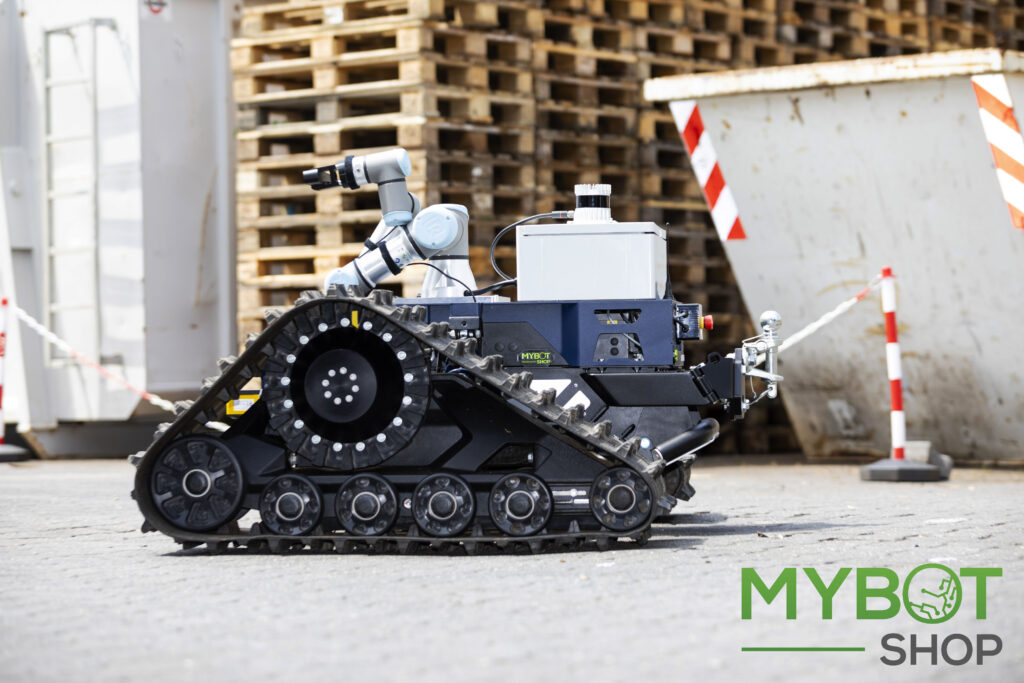
Mittels der externen Spannungsversorgung lassen sich Zusatzverbraucher wie Roboterarme, Kameras, 3D-LiDAR und weitere Komponenten anschließen. Gerade der Ouster 3D-LiDAR bietet sich für das Mapping an, das beim autonomen Fahren unausweichlich ist. Die via Ouster 3D-LiDAR detailgetreue erstellte 3D-Punktwolke basiert auf bis zu 128 Lagen bei einer Winkelauflösung von nur 0,18° und erfüllt dabei alle relevanten Datenschutz-Vorschriften.
Ein Roboterarm, wie der 6-achsige Universal Robots UR-3, ermöglicht unter anderem als Allrounder-Arm die mobile Manipulation.
Empfehlenswert ist die Nutzung eines HOKUYO UAM-05LP – einem sogenannten Safety LiDAR. Dies bedeutet, dass er durch seine TÜV-Süd-Zertifizierung, bzw. seinem redundanten Aufbau, unter anderem in Roboter-Mensch Applikationen eingesetzt werden darf. Dabei arbeitet das System nach dem so genannten ToF-Prinzip (Time of Flight) wobei die Zeit des emittierten Lichts gemessen wird. Infolge dessen sind maximale Messzeiten von 60 ms möglich.
Die verwendete Stereolabs ZED ist eine performante 3D-Kamera für einen breiten Anwendungsbereich. So verfügt diese Kamera über zwei 4 MP Kameras, wodurch 2 K-Aufnahmen (4416 x 1242 px) mit einer Framerate von bis zu 100 Hz ermöglicht werden.
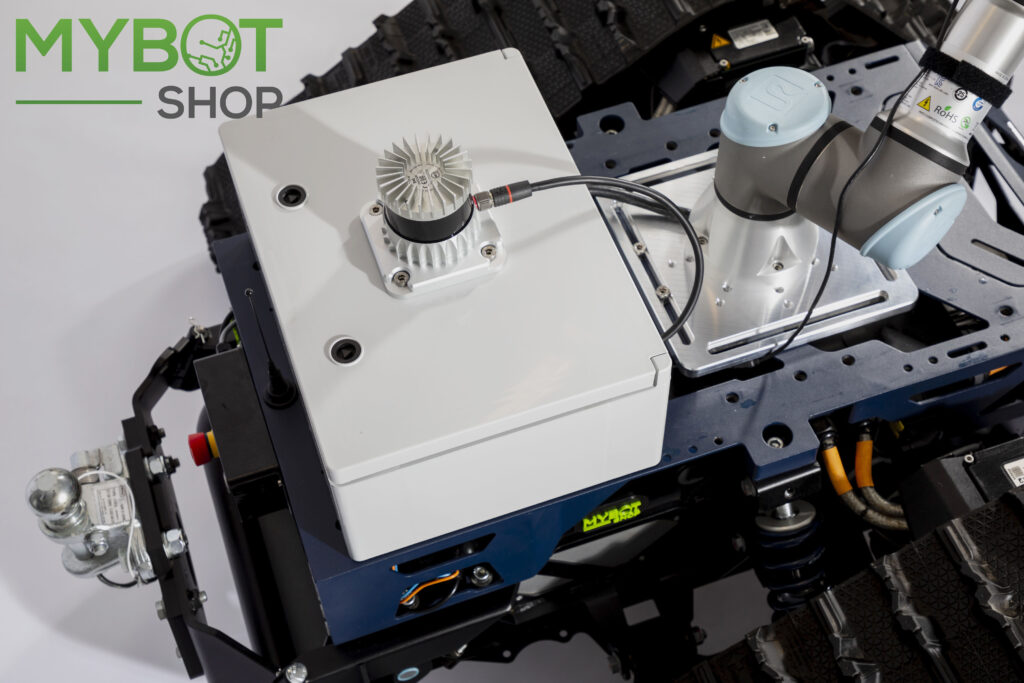
Mit dem MBS ROVO 2 kann MYBOTSHOP ein Produkt anbieten, das durch geringen Wartungsaufwand und eine lange Lebensdauer überzeugt – Preis und Leistung stimmen hier überein. Aufgrund jahrelanger Erfahrung, erprobter Technik, permanenter Weiterentwicklung und Verwendung qualitativ hochwertiger Komponenten im Fahrzeug rentieren sich die Anschaffungskosten in Höhe von 40.000 EUR (UVP). MYBOTSHOP Firmengründer Daniel Kottlarz schöpft aus der autonomen Zukunft und künstlichen Intelligenz das Potenzial, Arbeitsschritte und Prozessabläufe zu vereinfachen und die Kosten-Nutzen-Effizienz zu steigern. Ebenso können Mitarbeiter im gefährlichen Arbeitsumgebungen reduziert und deren Sicherheit unterstützt werden.


